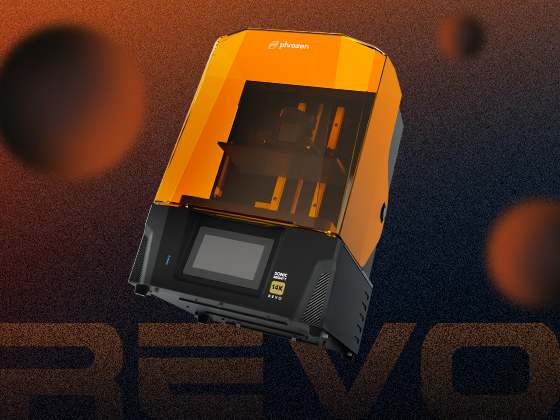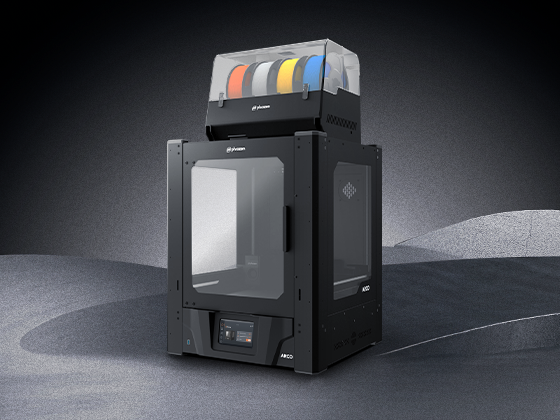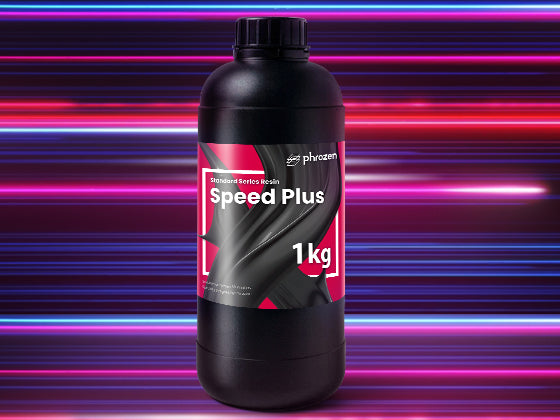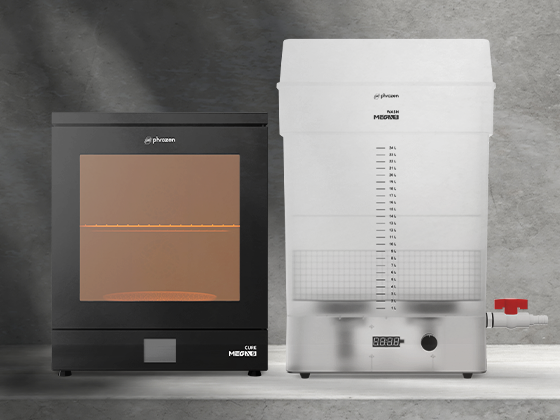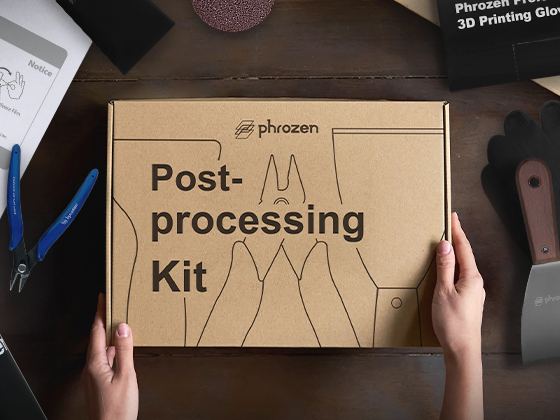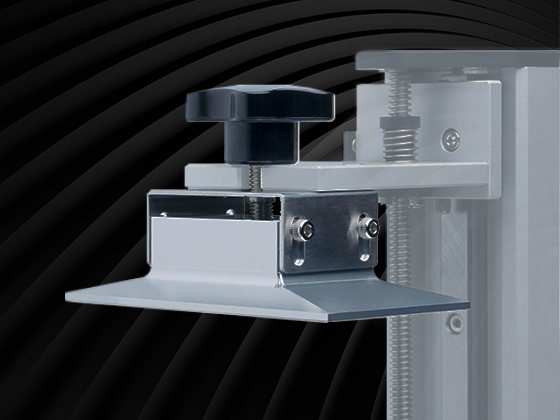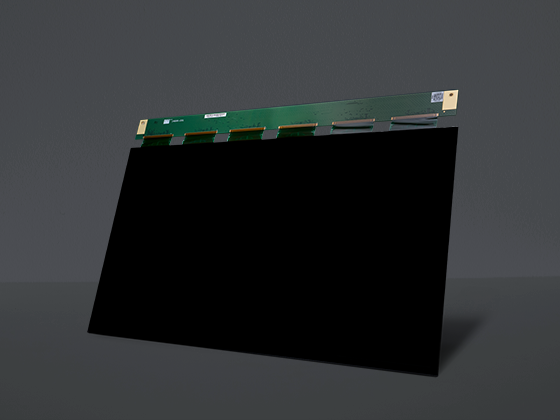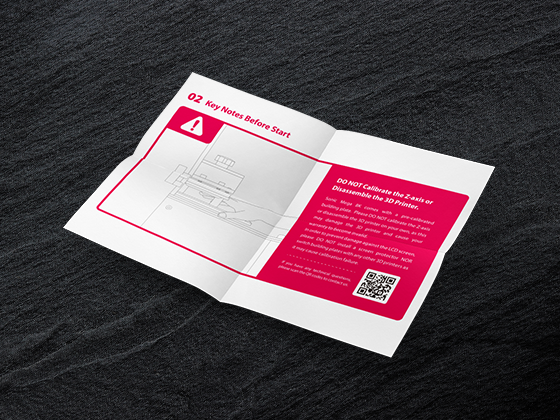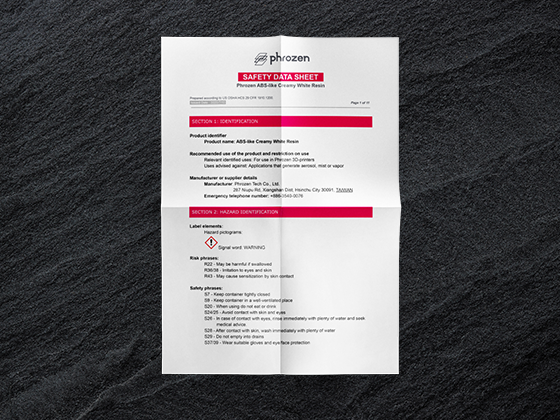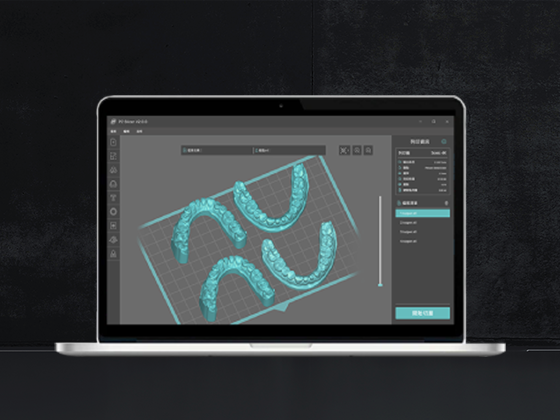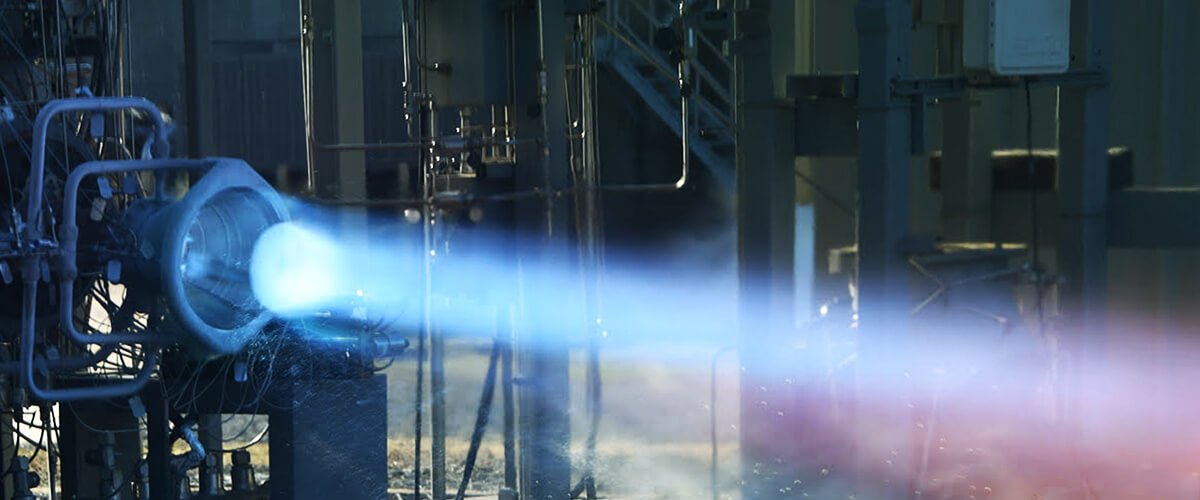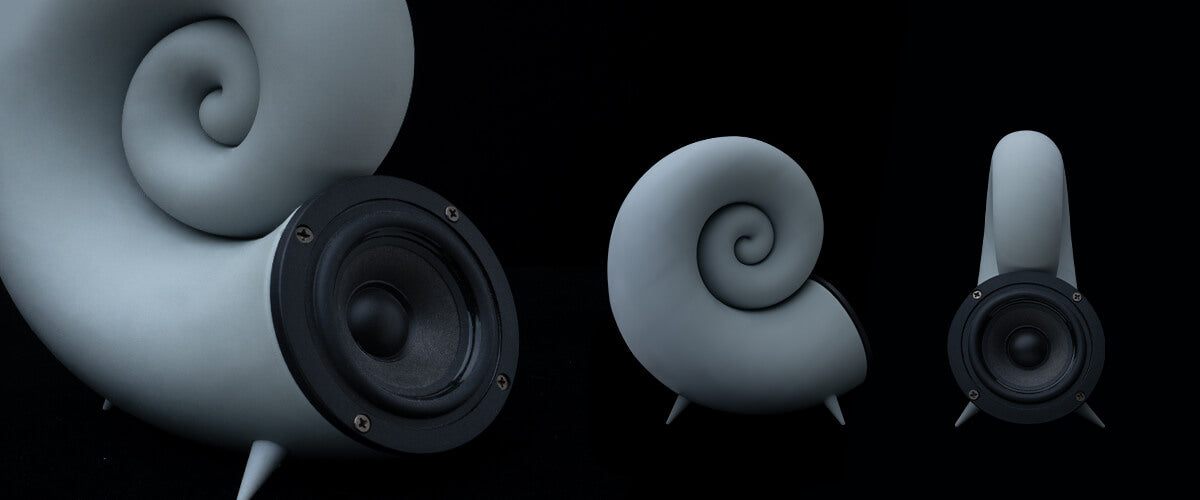As the 3D printing industry continues to grow at record speed, the aerospace industry has also slowly begun to incorporate 3D printing into their operations. 3D printing gives astronauts a chance to 3D print items such as tools or equipment that they may need in space. Instead of waiting for those of us on Earth to send important items, in the future, astronauts can just print out items they need on their own.
This can vastly improve the lives of astronauts in space as they would be able to 3D print anything they need at their convenience.
To learn more about the difference between FDM 3D printing and resin 3D printing, please click here. To learn more about different types of resin 3D printing techniques available, please click here. Interested in the history of 3D printing? Then click here!
Now here’s everything you need to know about 3D printing for space:
Things You Can 3D Print for the Space Industry
1) 3D Printing Space Plastic Tools

With 3D printing, you can easily create 3D models of tools and equipment that can be used in space! Made in Space recently held a practical demo of this new technology at NASA Ames Research Center's Engineering Evaluation Laboratory. 3D printed tools were accurately designed, and were used in a thermal vacuum chamber to simulate space circumstances. 3D printing has enormous potential applications for the global aerospace industry.
This could be used to create everything from satellites and telescopes to simple tools, all without the constraints of designing and creating parts on Earth. This will decrease the need for parts and materials to be shipped up to the International Space Station, as astronauts can just 3D print parts they need in space.
In the future, as the material becomes more advanced, the technique could even be used to 3D print space habitations.
2) 3D Printed Flexible Sensor Platform
3D printed flexible sensors have shown great promise for use in a wide range of applications, including healthcare, environment monitoring, engineering equipment, and especially the aerospace industry.
Thanks to the increase of advanced materials and printing techniques that reduce cost, production time as well as improve the overall electrical and mechanical particles of the detectors, the needs of a flexible sensor platform can easily be met through 3D printing.
According to NASA, 3D printing would be used to create multiple tiny sensors that would be incorporated into one single platform that would be able to sense anything from gas and vapor concentrations to atmospheric pressure and temperature in harsh space climates. In the past, technicians would need to build one sensor at a time before combining it with other elements of the sensor platform. 3D printing gives us the ability to print out large quantities of sensors on a single building platform. This would save time and simplify the entire integration process.
3) 3D Printed Space Helmet

You've probably heard that the helmets for SpaceX's ultra-chic spacesuits were custom-made with 3D printing. Thanks to a tutorial on the popular maker website Adafruit, you can become a part of space history by 3D printing your own replica of the space helmets. This space helmet has a visor that opens and closes completely, allowing you to communicate with each other or say, “Brb, going into space.” LEDs are made around the inside back of the helmet to create a glow from within.
The visor pivots (which secures the visor to the helmet) are custom-designed and can be 3D printed with ease. Much of the underlying technology has been kept secret by SpaceX, but a spokesperson stated that “the helmet is made-to-order manufactured using 3D printing for home technology and contains integrated valves, mechanisms for visor recantation and trying to lock, and microphones within the helmet's structure.”
4) 3D Printed Rocket Engines

Spacecrafts require multiple rocket engines as every time a rocket engine is blown up, technicians need to analyze it and find out why exactly it failed, and then work on creating a new rocket engine.
This is a time consuming and costly process in the long run. Here’s where 3D printing comes in. With 3D printing, you can create whole rocket engines and all their components in a couple of days, instead of waiting for weeks or months for technicians to carefully create all the components of a rocket engine...only for it to fail and then have to restart the entire process from the beginning.
This would dramatically speed up the production of space rockets in the future, meaning that this would pave the way for more space travel in the future.
Conclusion
In many ways, these 3D models are extremely beneficial to the aerospace industry and have the potential to be a significant asset for future space travel.
Investigators also continue to discover new uses for this cutting-edge innovation in space. 3D printed space parts are now able to be sent directly for use into space. The advent of manufacturing processes “for-aerospace” and “in-space” is truly a boon.
With its numerous benefits, 3D printing has the potential to contribute enormously to the space industry. These are just some of the ways 3D printing can benefit the space industry.
Click here to find out more about other 3D printing applications. Click here to learn how to select a Phrozen 3D printer that best meets your needs.

